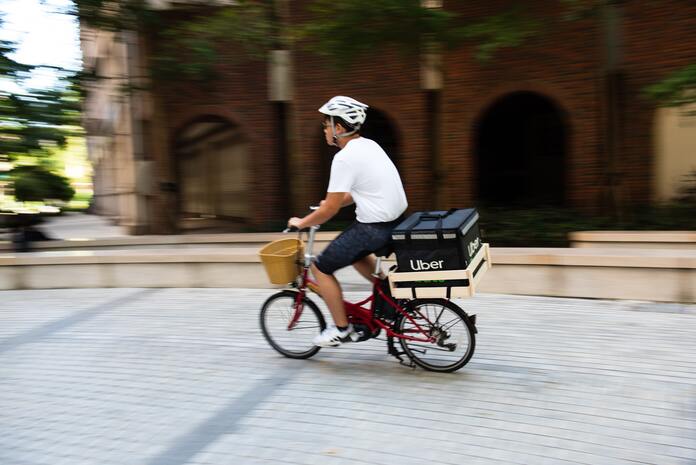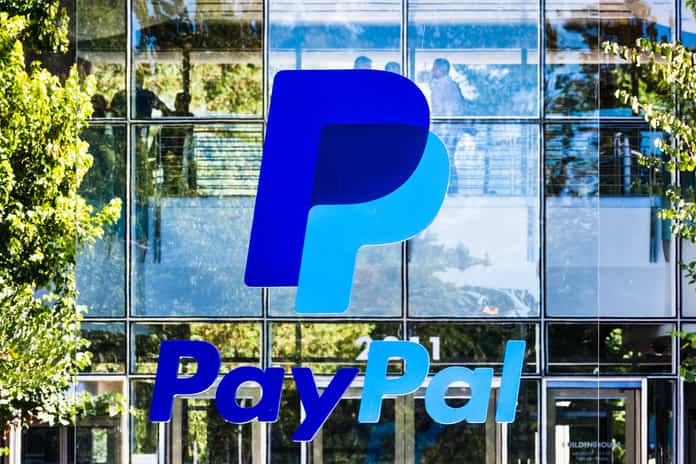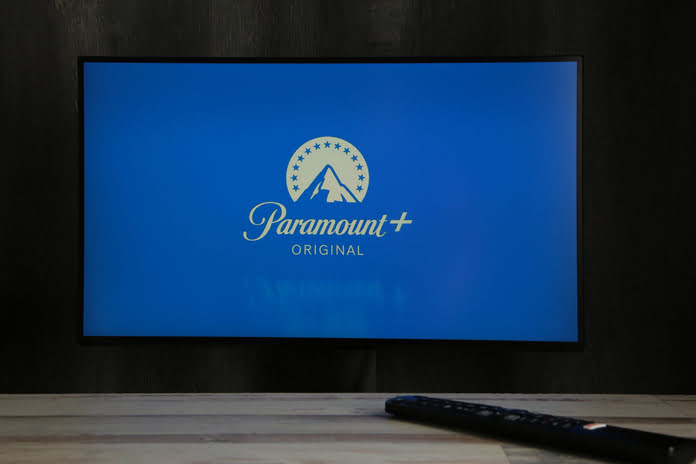Uber Technologies (NYSE:UBER) has projected a third-quarter operating profit that exceeds Wall Street’s expectations, driven by increasing demand for ride-hailing services. The company attributes this surge in demand to the robust trend of leisure travel and a gradual return to in-office work, as the impact of the pandemic continues to wane.
The ride-sharing giant, based in San Francisco, experienced a 4% surge in its shares during premarket trading, while its competitor, Lyft (NASDAQ:LYFT), saw a 2% increase in its shares. Uber’s better-than-anticipated performance comes alongside a surprising second-quarter profit announcement.
Uber has effectively managed its costs, implementing measures such as workforce reductions and reduced transaction expenses, all while maintaining a steady headcount. These cost controls have played a pivotal role in their pursuit of achieving operating income profitability this year, even as the number of rides steadily rises post-pandemic.
Uber’s CEO expressed his satisfaction with the company’s recent achievements, stating, Robust demand, new growth initiatives, and continued cost discipline resulted in an excellent quarter, with trips up 22% and a GAAP operating profit, for the first time in Uber’s history.
Despite the positive news, Uber’s second-quarter revenue of $9.23 billion fell short of analysts’ estimates of $9.33 billion, mainly due to the impact of a weak freight market.
Looking forward, Uber forecasts its third-quarter adjusted earnings before interest, taxes, depreciation, and amortization (EBITDA) to be in the range of $975 million to $1.025 billion, surpassing analyst expectations of $925.9 million. The company also highlighted that its adjusted EBITDA margin as a percentage of gross bookings achieved a record high of 2.7% in the second quarter.
Furthermore, the company announced the departure of its CFO, Nelson Chai, effective January 5 next year. Uber plans to assess the possibility of returning excess capital to shareholders as cash flows ramp up and explore potential long-term monetization of its equity stakes.
On the other hand, Uber’s freight brokerage segment experienced a 30% decline in sales compared to the previous year, impacted by a tough economic environment with decreased shipping prices and volumes post-pandemic.
The resurgence of demand for ride-hailing services is partly attributed to economic uncertainty and inflation levels, which have led many individuals to seek driving opportunities with Uber and Lyft to supplement their income. Uber’s ride-share segment has witnessed a 33% increase in drivers compared to the previous year.
As offices gradually reopen across the United States, the demand for ride-hailing services has also grown, with trips in the U.S. and Canada now reaching pre-pandemic levels, comparable to those in 2019. In the second quarter, Uber saw an overall 22% increase in trips across its markets, totaling 2.3 billion rides or an average of 25 million trips per day.
For the upcoming third quarter, Uber projects gross bookings between $34 billion and $35 billion, slightly above analysts’ estimates of $34.13 billion.
In summary, Uber’s performance in the second quarter surpassed expectations, delivering a profit of 18 cents per share compared to the anticipated loss of 1 cent per share. The quarterly net profit of $394 million included a $386 million pre-tax benefit from unrealized gains stemming from the revaluation of Uber’s equity investments.
As the company’s stock surges due to a strong post-pandemic recovery, Uber remains optimistic about its future growth prospects and continued success in the ride-hailing industry.
Featured Image: Unsplash @ Max Chen















